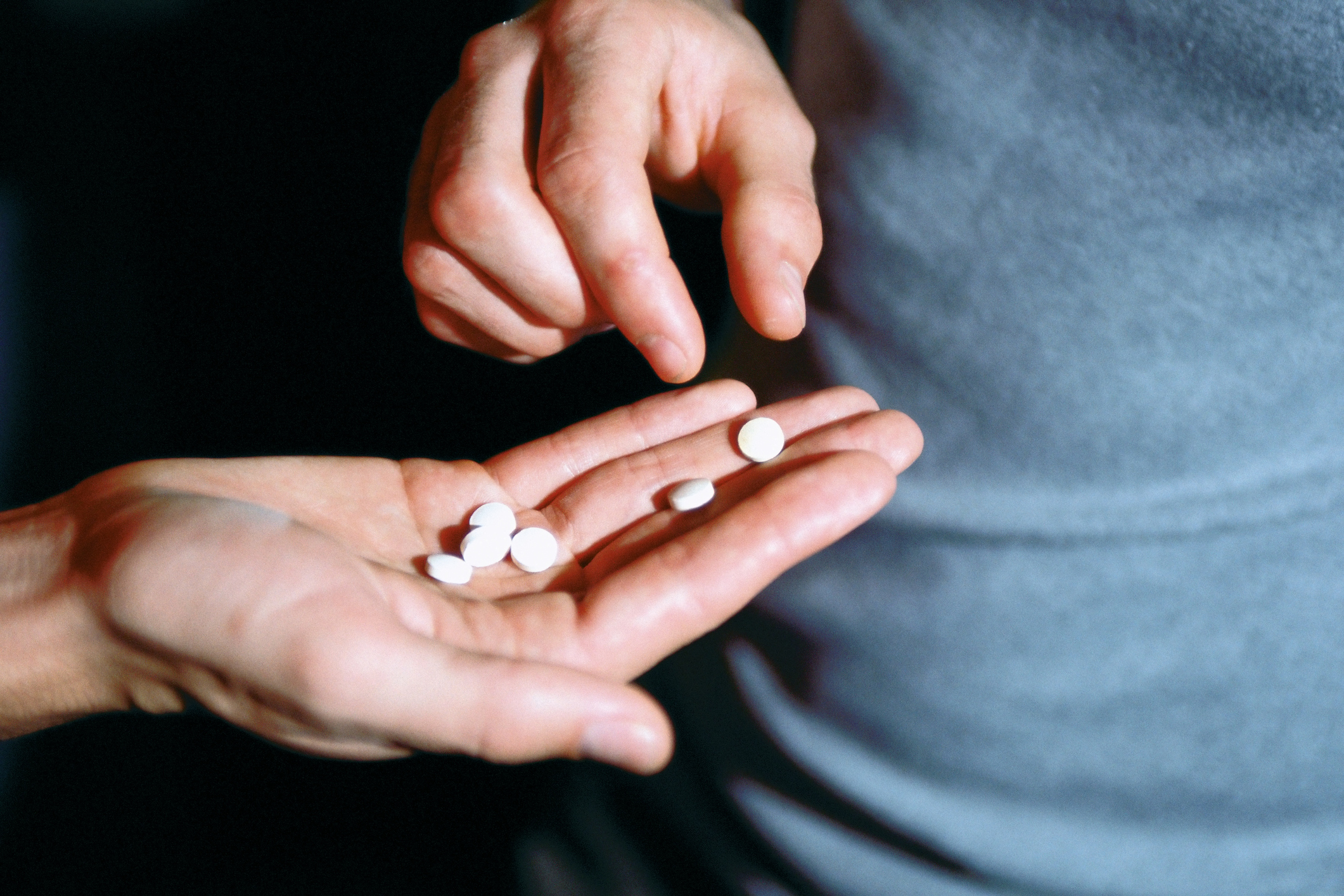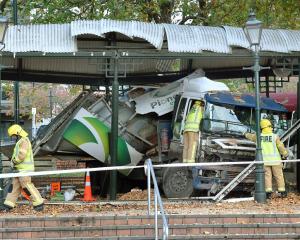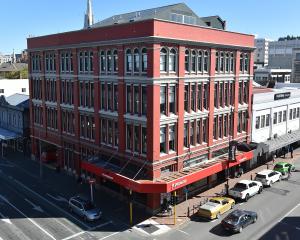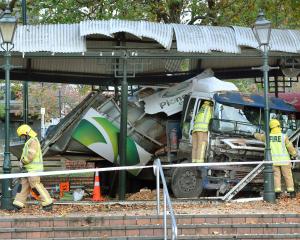
A University of Otago researcher says students played a role in the city’s ranking.
Figures for the first three months of the year, released by New Zealand Police, indicate people in the South consume MDMA (also referred to as molly or ecstasy) at a rate significantly higher than the national average.
MDMA is a stimulant used recreationally for feelings of euphoria and increased empathy.
An estimated 538mg of MDMA per 1000 people per day was recorded in the South.
The national average was 300mg, the figures show.
Wastewater from the greater Dunedin area is treated at the Tahuna plant, which led the country for the proportion of MDMA detected.
The popular party drug made up 82% of all drugs detected there.
The next-highest proportions were found in Queenstown (66%) and at Moa Point in Wellington (57%).
Dunedin’s wastewater was also sampled at Green Island, where MDMA use (52%) was lower, but still higher than the relative proportion of methamphetamine consumed (48%).
MDMA culture researcher and University of Otago PhD candidate Jai Whelan said the results of the latest survey were "not really surprising, to be honest".
Nationally, there had been a dip in overall drug use in 2021, likely caused in part by Covid-19 restrictions, and now it was adjusting back towards where it had been, Mr Whelan said.
He definitely thought Dunedin’s students played a part in getting the South to the top spot for MDMA use, assisted by Queenstown’s party culture.
Differences in nightlife and demographics might explain divergent patterns of drug use in Invercargill, where like most of the rest of the country methamphetamine was detected at higher levels than other drugs.
While the data presented methamphetamine and MDMA side by side, they were not commonly used as substitutes for one another because they had different effects and meth was significantly more expensive, Mr Whelan said.
MDMA use was associated with events and consumption had seasonal and weekend spikes.
Methamphetamine use was more constant, he said.
Harm reduction initiatives — including drug checking, needle exchange programmes and education — were important to help safeguard those who happened to use drugs and the initiatives would hopefully continue to expand, Mr Whelan said.
The statistics showed the Southern district also had lowest amount of per-capita methamphetamine use out of any of the 10 police districts.
Out of the four wastewater testing sites in the South, only Invercargill indicated more methamphetamine than MDMA was being consumed.
In Invercargill 74% of drugs detected were methamphetamine, by far the highest of the four areas sampled in the South.
Out of the 44 catchments sampled nationally, 23 recorded a higher proportion of methamphetamine use.
The national wastewater testing programme is bankrolled by the proceeds of crime fund administered by the Ministry of Justice.
It looks for methamphetamine, MDMA, cocaine, heroin and fentanyl.
Neither heroin nor fentanyl were detected in reportable quantities this year and the highest proportion of cocaine detected was 5% at North Shore in Auckland.












